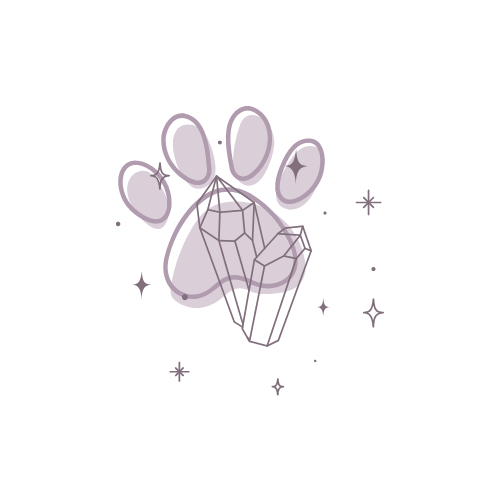Labradorite
-
On this Page
• History
• Meaning
• Pairings
-
• Chakra:
• Element:
• Mohs Hardness: 6-6.5
• Sources:
History
Labradorite was first discovered in Labradore, Newfoundland, in northeastern Canada in the 1770’s, where it earned its name. The Inuit tribe would call labradorite a “fire stone,” and used the powdered stone to help in their ailment remedies. According to Inuit legend, the Northern Lights, or “aurora borealis,” had fallen from the sky and embedded itself in the crystal. This legend says that a warrior saw the Northern Lights trapped in the stones and tried to free the lights again, striking them with a spear. Though it was first found in Canada, it is not exclusive to the country. It is also found in Mexico, Russia, and Finland.
General Information
(coming soon)
Shop Labradorite
Collapsible content
References
Cassandra Eason, Cassandra Eason’s Healing Crystals. (London, UK: Collins & Brown, 2020).
Emily Suzanne Rayow. Crystal Pairings: Powerful Crystal Combinations for Well-Being. (San Diego, CA: Thunder Bay Press, 2022).
Gemma Petherbridge, The Crystal Apothecary. (London, UK: Octopus Publishing Group, 2022).
Judy Hall, The Crystal Companion. (Blue Ash, OH: Walking Stick Press, 2018).
Judy Hall, The Encyclopedia of Crystals. (Gloucester, MA: Fair Winds Press, 2013).
Juliette Thornbury, The Crystal Fix. (London, UK: White Lion Publishing, 2021).
Karen Frazier, Crystals for Healing. (Berkeley, CA: Althea Press, 2016).
Maria Lyons & Amy Dicerson, Crystal Healing for Women. (New York, NY: Penguin Random House, 2020).
Philip Permutt, The Modern Guide to Crystal Healing. (London, UK: Ryland Peters & Small Ltd., 2021).
Rachel Hancock, Ultimate Guide to Crystals. (Fair Winds Press, 2022).
Disclaimer
Please Note:
Healing crystals are not to replace medical advice or treatment. For medical treatments, diagnoses, prescriptions, etc., please contact your primary licensed healthcare specialist. Any information provided on Divine Feline Crystals' website regarding the properties of healing crystals is not intended as a substitute for medical advice, treatments, or diagnoses.
* Last Updated: 10/9/2023






